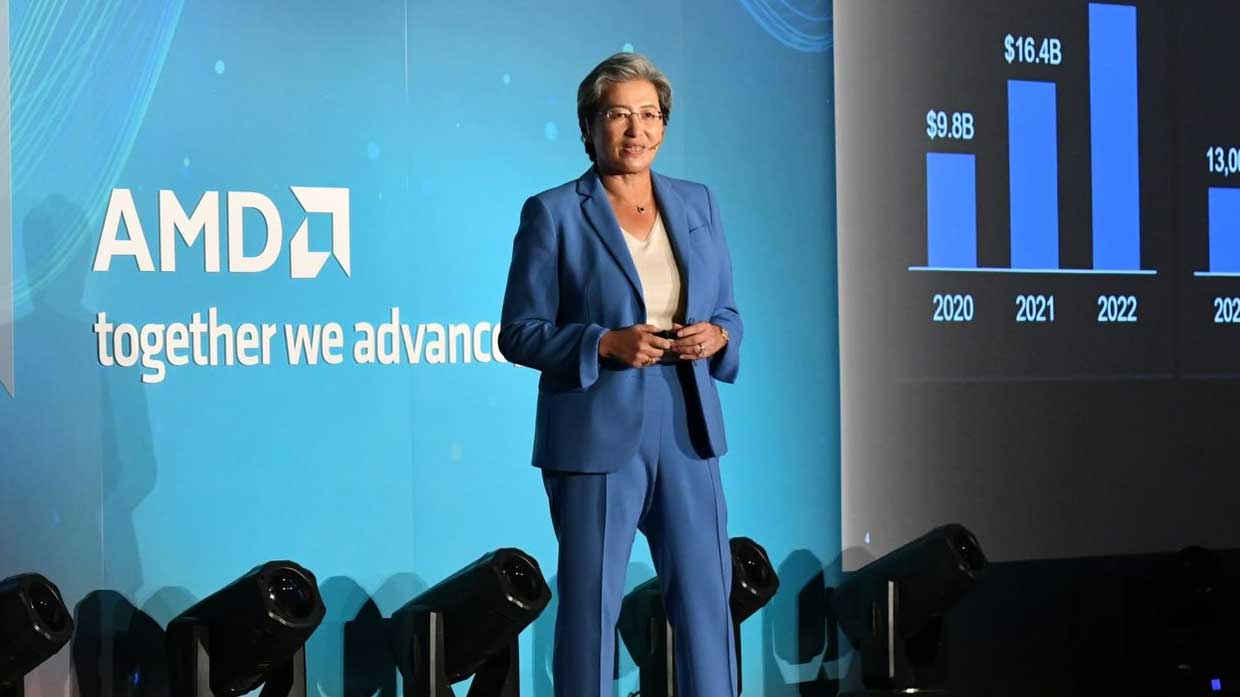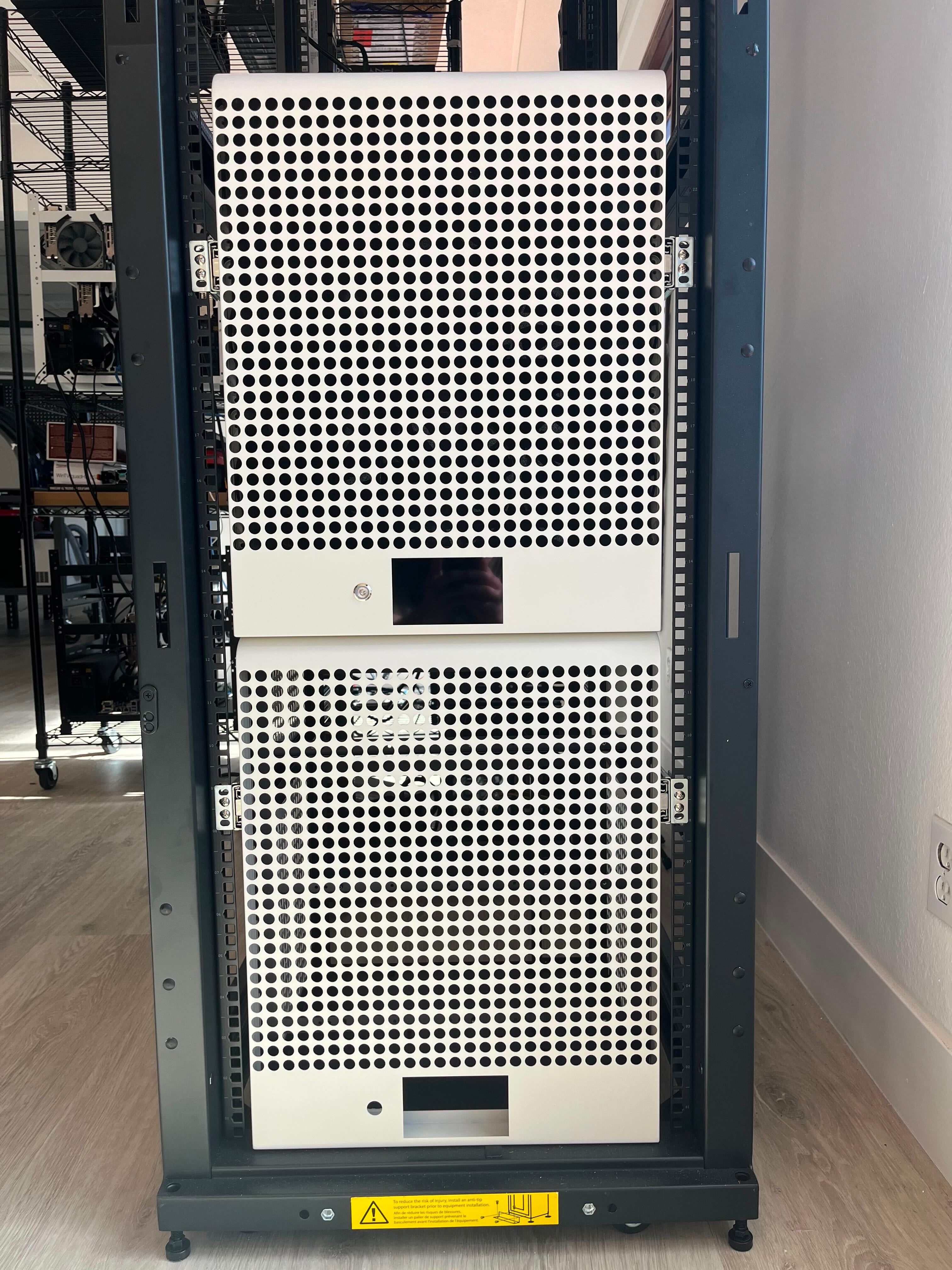AMD’s Lisa Su steps in to fix driver issues with GPUs in new TinyBox AI servers — firm calls for AMD to make its GPU firmware open source, points to issues with Radeon 7900 XTX
The intervention comes as Tiny Box publicly frets about Radeon-based platform bugs.

AMD CEO Lisa Su has stepped in to soothe the publicly voiced concerns of George Hotz's AI server startup Tiny Corp. The company has been preparing its new TinyBox server for release but has been experiencing issues with its Radeon RX 7900 XTX-powered systems and is now asking for AMD to open source its GPU firmware. Several Tweets by Tiny Corp expressed frustration with bugs in AMD's AI acceleration toolkit and provocatively tagged rivals like Intel and Nvidia. Lisa Su noticed the commotion and personally assured Tiny Corp. that the “team is on it” to fix the issues, though she didn't explicitly promise to open source the firmware.
Tiny Corp is a startup that maintains the tinygrad neural network framework. Its new TinyBox servers are designed to offer PetaFLOPS-class performance for AI by using affordable consumer-class GPUs, thus providing big savings over a data center-class kit. These systems leverage the Radeon RX 7900 XTX GPUs and AMD's open-source stack for GPU compute, ROCm. ROCm support for AMD's consumer GPUs is still somewhat new, having been initiated late last year, but apparently, there are a few bugs to be ironed out with the 7900 XTX's firmware.
Thanks for the collaboration and feedback. We are all in to get you a good solution. Team is on it.March 6, 2024
Tiny Corp’s dissatisfaction with its Radeon-based solution appeared to come to a head on Tuesday. The Tiny Box development team was initially happy to say they received updated firmware from AMD. They also congratulated the company for being responsive and making “big strides” on its drivers.
Things soon turned sour, though, as the updates from AMD apparently didn’t iron out all the important wrinkles. A follow-up Tweet on Tuesday again highlighted “serious driver issues” before pleading for open-source firmware. This became a recurring theme with tweets issued late Tuesday/early Wednesday morning. With pre-order customers already lined up and production beginning in earnest, the Tweets became increasingly desperate.
A furious thread of Tweets from the server startup opened with an incendiary blast about bugs, asking AMD to “fix their basic s*t.” Tiny Corp also complained that “we are not AMD’s QA team” before stating that the Radeon RX 7900 XTX driver is unfit for its customers.
It is about now that the person in control of Tiny Corp’s social media accounts started publicly musing about giving up on AMD’s platform and adopting Intel GPUs / software. A septet of Acer BiFrost Arc A770 cards were bought up as alternatives during Tiny Corp’s seemingly live-Tweeted stream of consciousness. Tiny Corp also mentioned Nvidia GeForce GPUs but admitted the Nvidia P2P problem with consumer cards would not be unblocked by the Green team to pacify a server startup.
This is where Lisa Su piped up with a very promising response. “Thanks for the collaboration and feedback. We are all in to get you a good solution,” wrote the iconic AMD leader. “Team is on it.”
Get Tom's Hardware's best news and in-depth reviews, straight to your inbox.

Thanks to the unsubtle Tiny Corp, we can also be quite sure we will learn about the company's call with AMD later today, during which it appears the company will ask AMD to open source part of its firmware.
You can now learn the results of that call in our follow-up article here.

Mark Tyson is a news editor at Tom's Hardware. He enjoys covering the full breadth of PC tech; from business and semiconductor design to products approaching the edge of reason.
-
das_stig Sometimes a fellow tech company is needed to give the big boys a good PR kicking to "sort out their sh!t", when you have been patient, they fail to deliver, and they are screwing around with your company and customers. So, thumbs up to Tiny Corp and lets see if Lisa Su has big enough shoes on her feet to kick assess?Reply -
jlake3 …so a company built their business plan around using gaming/consumer cards in an enterprise workflow instead of springing for the data center products, then threw a tantrum when AMD agreed to help them with that (and acknowledged Nvidia never would) but didn’t solve everything immediately?Reply
Did they not build a prototype and validate their workflow before taking preorders and starting their production run? -
oofdragon Replyjlake3 said:…so a company built their business plan around using gaming/consumer cards in an enterprise workflow instead of springing for the data center products, then threw a tantrum when AMD agreed to help them with that (and acknowledged Nvidia never would) but didn’t solve everything immediately?
Did they not build a prototype and validate their workflow before taking preorders and starting their production run?
This. Basically they want to use gaming GPUs as data center shenanigans and "demand" AMD to open source their firmware? Like, it's even a startup? Sounds to me marketing stunt more than anything -
bignastyid Reply
Umm... A Ford has beaten Ferraris, they even made a movie about it.eichwana said:Hi I bought a Ford to join a race with Ferraris but it doesn’t do what I want.
https://en.wikipedia.org/wiki/Ford_v_Ferrari -
digitalgriffin In many ways, this is TinyBox's fault too. (Not just AMDs)Reply
You don't release a product without first vetting it.
At a former job we had a salesmen with a $1 million + sale to a lab with the promise the software to control said hardware was ready. We spent 80 hours per week fixing up his blunder for over two months. And he was fired IIRC (Just because he was seeing $$$ and making promises without consulting with the company.)
And asking for firmware is a good way to spill company secrets including things like:
1. Settings that should never be changed,
2. Secret coding routines that give them a performance advantage
3. Incomplete Beta Code that reveals company roadmap
4. Alpha/Beta code never intended for release
5. DRM keys. This could cost AMD their licensing.
6. Give hackers attack vectors.
Support for the 7900XTX and 7900XT ROCm API is < 6 months old. Of course there's going to be bugs as the architecture was never designed for such.
And yelling like this is a good way to get your company black listed. The Chiwuawua doesn't tell the Mastiff what to do. They should know better.
Company president isn't the sharpest pencil in the box. I bet he's young. -
digitalgriffin Reply
This!jlake3 said:…so a company built their business plan around using gaming/consumer cards in an enterprise workflow instead of springing for the data center products, then threw a tantrum when AMD agreed to help them with that (and acknowledged Nvidia never would) but didn’t solve everything immediately?
Did they not build a prototype and validate their workflow before taking preorders and starting their production run? -
watzupken So you pay for a Toyota and want it to perform like a Ferrari. Hmmmm… Jokes aside, I do think the startup is pushing it when companies are paying a lot for AI/ data center hardware, while they are paying for a bunch of USD 999 bucks GPUs and expecting data center quality treatment. They should be fortunate the CEO even bothered about them.Reply -
Makaveli Reply
Short answer No.jlake3 said:Did they not build a prototype and validate their workflow before taking preorders and starting their production run?